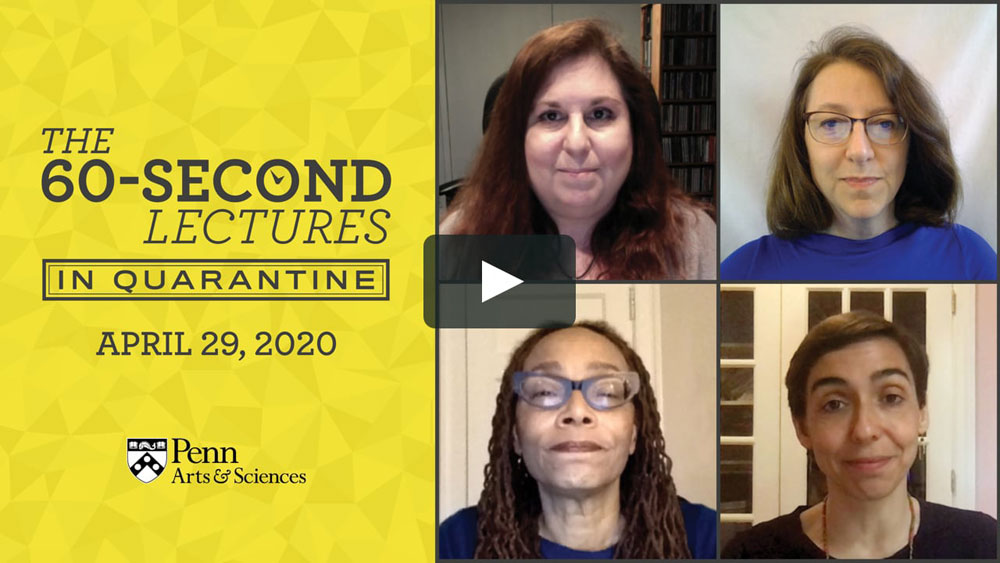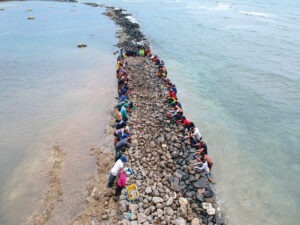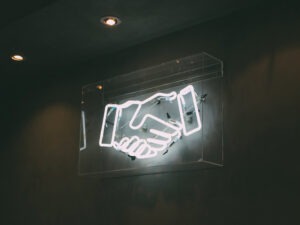
May 19, 2020; MinnPost
Just as the nonprofit Park Square Theatre in St. Paul was about to open its latest production of The Diary of Anne Frank, which would have been seen by more than 12,000 middle and high school students, Minnesota issued a COVID-19 shelter-in-place order. Live performances were no longer possible, and the cast could not be safely assembled to record a fully staged version. Nevertheless, the company moved forward with a recorded Zoom reading of the play, which was available online for more than a month.
This scaled-back offering was described on the company’s website as “a special online production created by artists in isolation.” That phrase might be applied to any number of new, or newly curated, performing arts experiences being shared around the world in 2020.
Park Square continued its online spring season with a “virtual play festival” last week, offering live-streamed excerpts over Zoom from two new plays in development, picking up audience feedback along the way. As Park Square executive director Michael-jon Pease explains, “This forced hibernation that theaters around the world are in actually gives us the opportunity to focus on developing new work and to give artists the time they rarely have to sink their teeth into a project.”
Like many current online offerings from performing arts groups, the experiences offered by Park Square were made available to viewers for free, although donations are always welcome, and often encouraged. Lantern Theater Company in Philadelphia recently launched “Lantern Anywhere” with a series of virtual live readings of Shakespeare plays. In Galway, Druid Theatre has made its archived series DruidSynge available online, and the website notes these plays now have been viewed in more than 50 countries.
Sign up for our free newsletters
Subscribe to NPQ's newsletters to have our top stories delivered directly to your inbox.
By signing up, you agree to our privacy policy and terms of use, and to receive messages from NPQ and our partners.
Playbill has an online calendar of “coronavirus quarantainment,” which includes panels and exercise classes as well as performances. Time Out has compiled a diverse list of streaming performances from around the world, including a ballet adaptation of Orwell’s Nineteen Eighty-Four.
Not many years ago, it was taboo to even consider recording live stage performances for public release. Part of the magic of seeing a play, an opera, or a dance performance is the unwritten contract between audience and performers, an understanding of being “in the moment” together, with no two performances ever quite the same. Unions representing performing artists prohibit video recordings of live performances without artists’ permission. Many performances were, of course, recorded over the years for archival or instructive purposes, but these were not intended for public screenings. Then social media took off and performing arts groups started adding short trailers to their marketing efforts. New technology allowed for global simulcasts and movie-theater screenings of recorded plays with stellar casts, which generated new streams of revenue for performing arts groups, with downstream benefits for artists.
This in part explains why, in these most unfortunate times for the performing arts, we are fortunate to be able to enjoy performances from the safety of our homes. Sometimes a modest viewing fee is charged, often with a sliding scale. More often, as noted, a subtle or even direct request for support is posted on the website or included in a video message that introduces or closes a recording.
No one can predict when performing arts venues will be able to reopen, or how long it might take for audience members to feel safe returning to those spaces. In the meantime, artists and arts organizations are finding creative ways to do what they do—make art and share it with the world, even when they cannot share a stage. “Artists in isolation” are still artists, after all.
Arts organizations are doing all they can to stay connected with their audiences, and to keep us connected with each other through the arts. Most of them are doing this work even as they struggle to pay artists and other staff and to cover the many expenses that did not go away when they had to close their doors. These arts groups will be counting on us to come back when it’s safe, just as we are counting on them—for now—for a steady stream of “quarantainment.”—Eileen Cunniffe











